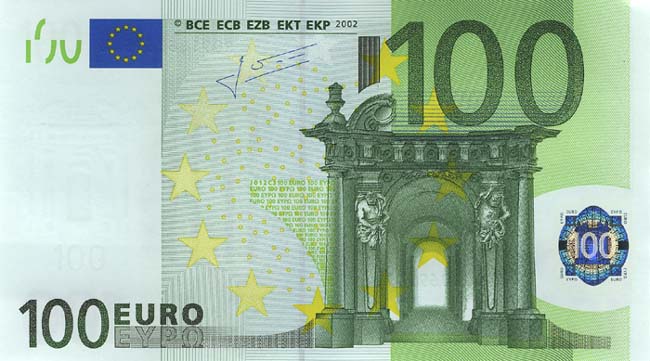The Euro

The Euro (code: EUR) is the currency used by the Institutions of the European Union and is the official currency of the euro zone, which consists of 17 of the 27 member states of the European Union. The countries include Austria, Belgium, Cyprus, Estonia, Finland, France, Germany, Greece, Ireland, Italy, Luxembourg, Malta, the Netherlands, Portugal, Slovakia, Slovenia, and Spain. The currency is also used in a further five European countries and consequently used daily by close to 350 million Europeans. Additionally, over 175 million people worldwide including 150 million people in Africa use currencies which are pegged to the euro.
The euro is the second largest currency as well as the second most traded currency in the world after the United States dollar. As of June 2012, with more than €906 billion in circulation, the euro has the highest combined value of banknotes and coins in circulation in the world, having surpassed the US dollar. Based on International Monetary Fund estimates of 2008 GDP and purchasing power parity among the various currencies, the Eurozone is the second largest economy in the world.
The name euro was officially adopted on December 16, 1995. The euro was introduced to world financial markets as an accounting currency on January 1, 1999, replacing the former European Currency Unit (ECU) at a ratio of 1:1 (US$1.1743). Euro coins and banknotes entered circulation on January 1, 2002. While the euro dropped subsequently to US$0.8252 within two years (10/26/2000), it has traded above the US dollar since the end of 2002, peaking at US$1.5990 on July 15, 2008.
Since late 2009 the euro has been immersed in the European sovereign-debt crisis which has led to the creation of the European Financial Stability Facility as well as other reforms aimed at stabilizing the currency.
